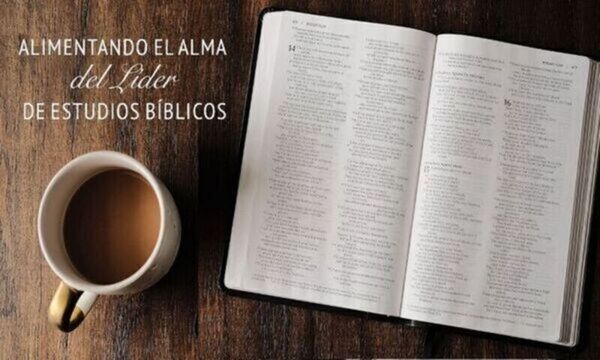Right now IŌĆÖm teaching a summer readings course on the Apostolic Fathers.┬Ā Ten students┬Āare reading with me such documents as 1 Clement, the Letters of Ignatius, PolycarpŌĆÖs Letter to the Philippians, the Didache, the (so-called)┬ĀEpistle of Barnabas, the Shepherd of Hermas, To Diognetus, the Martyrdom of Polycarp, 2 Clement, and the fragments of Papias.┬Ā These are the earliest Christian documents written just after the apostolic age and span the years from around A.D. 95 up until about A.D. 165.┬Ā Though they are referred to as the ŌĆ£apostolic fathers,ŌĆØ they are really our earliest ŌĆ£post-apostolic fathers.ŌĆØ┬Ā But how should we assess their value?┬Ā Here are three options:
Option #1:┬Ā You can prioritize the Apostolic Fathers over all other Christian writings of all centuries excluding the New Testament documents.┬Ā Arguments for this position:
- They are chronologically closest in time to the apostolic age.
- There still would have been something of an oral tradition floating around during this time that might have supported some of the assertions made by the authors of these documents.
- The authors of these documents were speaking the same Greek language as the New Testament authors.
- They shared some┬Āthe same presuppositional pool as the New Testament authors.
Option #2:┬Ā You can relegate the Apostolic Fathers to second-class citizen status and prioritize Christian authors from later periods over them.┬Ā Arguments for this position:
- There is little extended theological reflection in these writings.┬Ā They lack the theological depth of the New Testament documents themselves and certainly of later Christian authors.┬Ā They tend to focus more on ethics and ecclesiology than they do on foundational theology.
- These writings were hardly employed at all during the heated doctrinal disputes of the fourth and fifth centuries (though they were often cited before those centuries).┬Ā Clarity on doctrine usually emerges after a struggle with heterodoxy.┬Ā There is less doctrinal clarity in these earliest post-apostolic documents than there are in the writings that chronologically follow them (such as the writings of Irenaeus and TertullianŌĆöor those who wrote centuries later like Jerome or Augustine).
- The Apostolic Fathers were almost unknownŌĆölost for all practical purposesŌĆöbetween the fifth and seventeenth centuries.┬Ā Not until the years 1633-1645 were 1 & 2 Clement, Barnabas, and the letters of Ignatius and Polycarp published.┬Ā Didache came much later, being re-discovered in 1873 and published in 1883.
Option #3:┬Ā You can view the period of the Apostolic Fathers as a period of transition, where you are able to observe many points of contact and continuity with the New Testament periodŌĆöand thus gain some understanding of the New Testament periodŌĆöbut also where you should note the points of discontinuity on some of the non-essentials of faith and practice.┬Ā (Note:┬Ā A few differences from the New Testament writings you will encounter in the Apostolic Fathers are not non-essential.)┬Ā Since problems attend to each of the two options listed above, viewing this period as a period of transition is probably the best way to approach the so-called ŌĆ£apostolic fathersŌĆØ.
 ║┌┴Ž└·╩Ę
║┌┴Ž└·╩Ę

.jpg)

